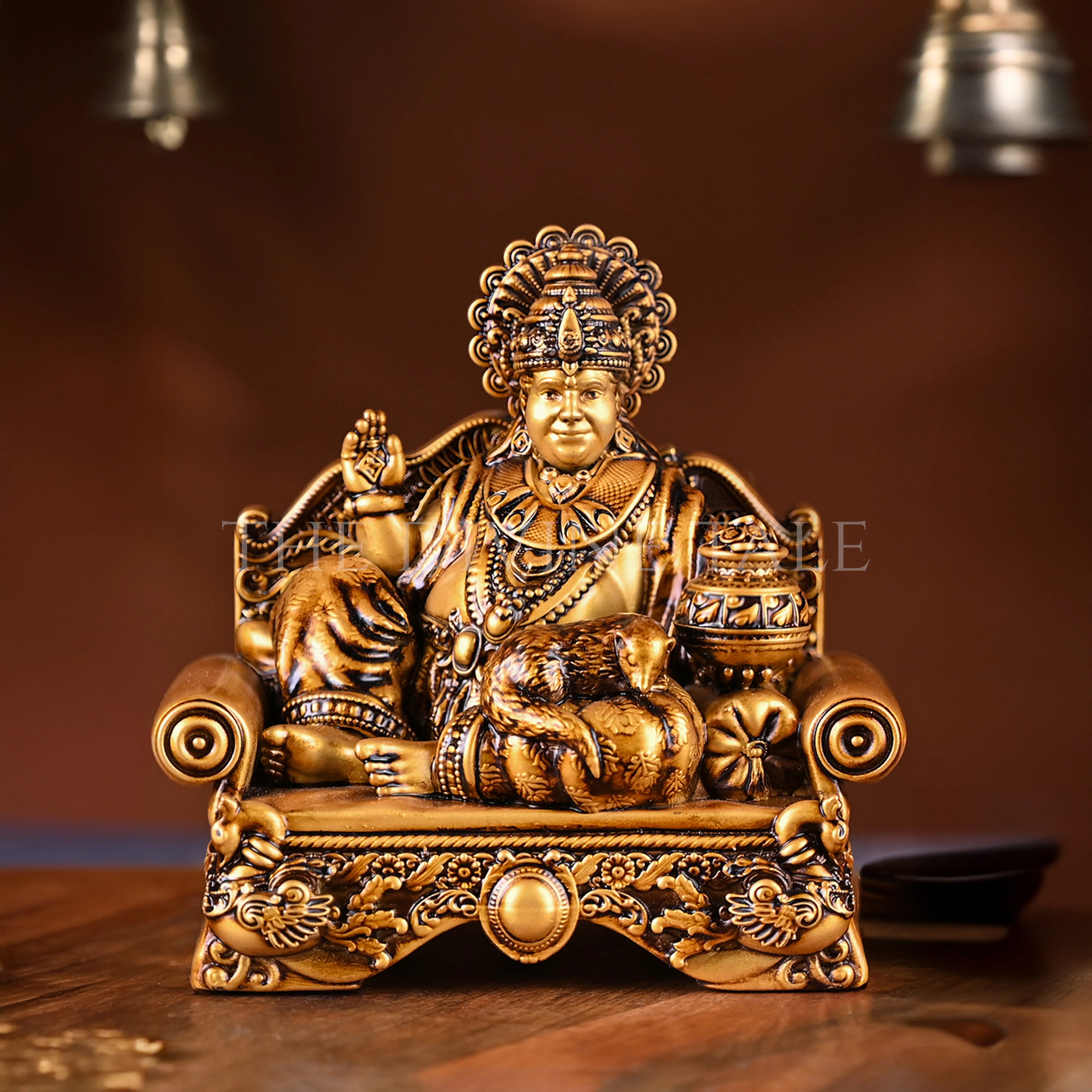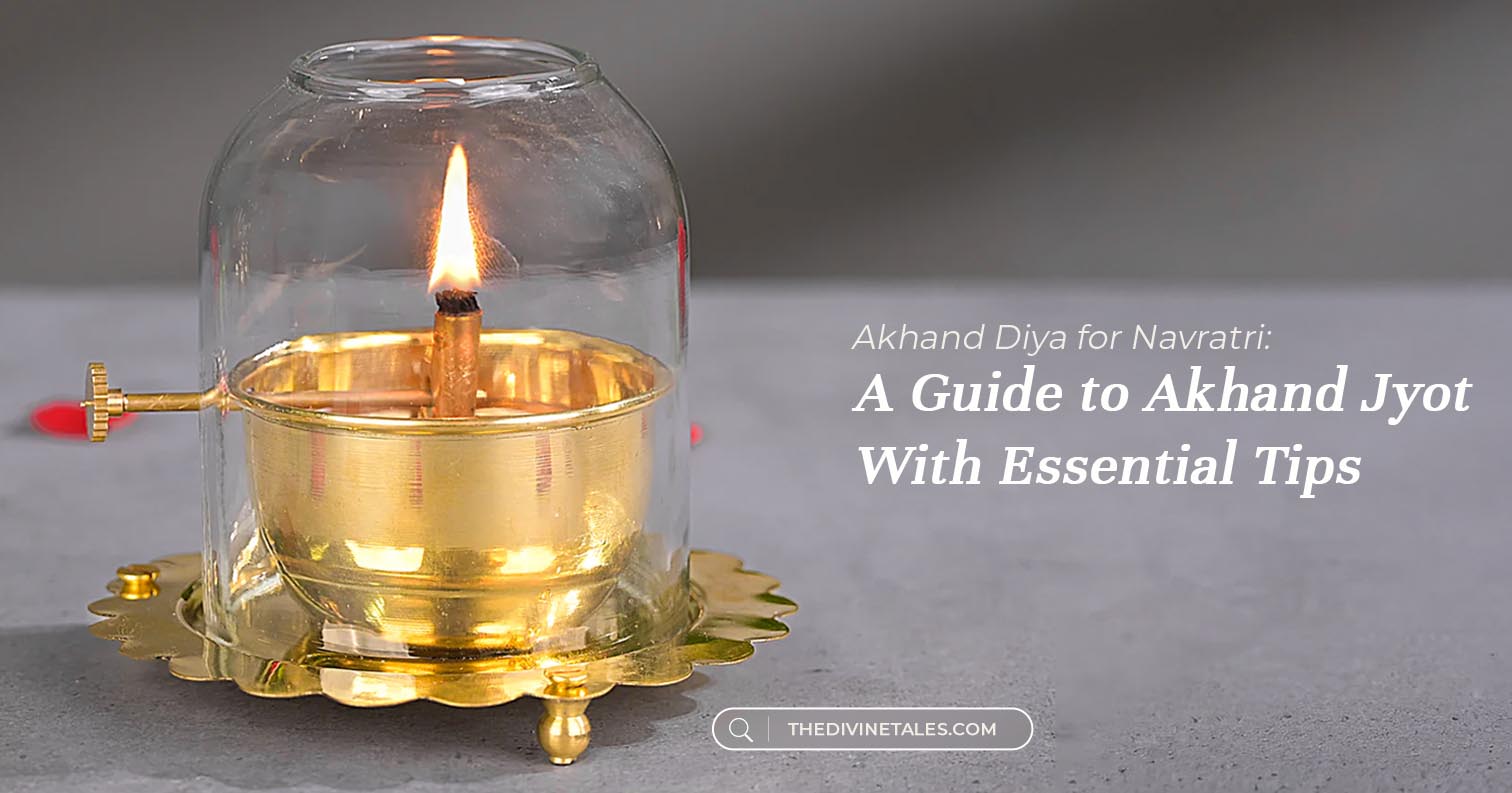Jagannath Rath Yatra is one of the biggest Hindu festivals celebrated in Puri, Odisha. It marks the annual procession of lord Jagannath with his brother Balabhadra and sister Subhadra in three majestic, beautifully decorated chariots. This vibrant festival draws millions of devotees and tourists, presenting a unique display of faith and devotion, binding together for cultural harmony.
In today’s blog, we will provide you with all the insights about the Jagannath Rath Yatra 2025, including important dates, the significance of the festival, and what to keep in mind if you are attending the Rath Yatra in person.
Jagannath Rath Yatra 2025: Important Details
Here’s a brief of the important events and dates of Jagannath Rath Yatra:
|
S.no. |
Event |
Details |
|
1. |
Jagannath Rath Yatra 2025 |
27th June, Friday |
|
2. |
Distance |
Around 3 Km (Starting from Jagannath Temple to Gundica Temple) |
|
3. |
Bahuda yatra (the return journey) |
5th July, Saturday |
Jagannath Rath Yatra: Meaning & Significance

The Jagannath Rath Yatra is an annual chariot festival held in Puri, Odisha, dedicated to Lord Jagannath (a form of Lord Krishna), along with his siblings - Lord Balabhadra and Devi Subhadra.
But why is Rath Yatra celebrated in the first place?
In simple terms, it marks the annual journey of the deities from their temple (the Jagannath Temple) to the Gundicha Temple, which is about 3 km away. The idea is symbolic - the Lord comes out of his sanctum to meet his devotees, allowing even those who aren’t allowed inside the temple (like non-Hindus) to get a glimpse and offer prayers.
This is a huge event that signifies unity, equality, and devotion. For centuries, people of all backgrounds have come together to pull the giant chariots through the streets, chanting prayers and soaking in the energy of the crowd. It is believed that anyone who gets a chance to witness the deities in their chariots during the yatra is blessed by the lord.
Types of Chariots in Jagannath Rath Yatra

The highlight of the Jagannath Rath Yatra 2025 lies in its three grand, hand-built wooden chariots that carry each one of the deities. These chariots are constructed afresh every year starting from the auspicious occasion of Akshaya Tritiya. Herein, a specific type of wood is used by the traditional craftsman, using their master skills that have been passed down for generations.
Here’s a quick brief about the three chariots:
|
Details |
Nandighosa |
Taladhwaja |
Darpadalana |
|
Main Deity |
Lord Jagannath |
Lord Balabhadra |
Goddess Subhadra |
|
Color |
Red and Yellow |
Red and Green |
Red and Black |
|
Height |
45 feet (approx.) |
44 feet (approx.) |
43 feet (approx.) |
|
Wheels |
16 |
14 |
12 |
Each chariot is pulled by thousands of devotees using thick ropes, and it's believed that participating in pulling the chariot can wash away sins and bring blessings.
Traditions and Puja Rituals in Jagannath Rath Yatra
The Rath Yatra 2025 will follow a series of age-old rituals that are deeply rooted in the culture. Here’s the sequence of rituals performed throughout the festivals:
1. Snana Purnima (Bathing Ritual)
A few weeks before the Rath Yatra, the god idols are bathed using 108 pots of holy water on the full moon day. After this ritual, the deities are believed to fall ill; hence, they are kept isolated for recovery.
2. Anasara
This is the 15-day isolation period when the deities are not displayed to the devotees for darshan. During this time, they are treated with herbal medicines and are given proper rest for quick recovery. This ritual symbolizes the human-like nature of the deities.
3. Rath Yatra Begins
After recovery, the Rath Yatra begins on Dwitiya Tithi (second day) of Ashada, followed by a grand procession. A large number of devotees gather around the temple, with music, chants, and drumbeats filling the air.
brought out of the temple in a royal procession called Pahandi, where they are placed onto their respective chariots with music, chants, and drumbeats filling the air.
4. Chhera Pahara

Chhera Pahara is a unique tradition where the Gajapati King of Puri (the ceremonial head of Jagannath Temple) sweeps the floor of the three chariots using a golden-handled broom and sprinkling sandalwood water thereafter. This one act shows that everyone, regardless of status, is equal in the eyes of God.
5. Pahandi
Herein, the idols are brought out of the temple in a royal procession called Pahandi, where they are placed onto their respective chariots. During this time, the loud chants of ‘Jai Jagannath’ echo all around, filling up the air with a powerfully uplifting energy.
6. Journey to Gundicha Temple
After the placement - Lord Jagannath (Nandigosha), Lord Balabhadra (Taladhwaja), and Goddess Subhadra (Darpadalana), the journey to the Gundicha Temple begins. Herein, the chariots are pulled together by thousands of devotees through the Grand Road (Bada Danda). The deities stay at the Gundicha temple for 7 days before returning during the Bahuda Yatra (Return Journey).
7. Return & Suna Besha
When the deities return, they are adorned with gold jewelry in the Suna Besha ceremony, making it a truly majestic sight.
Things to Remember Before Attending Jagannath Rath Yatra 2025
If you’re planning to be a part of Puri Rath Yatra 2025, here are a few things to keep in mind for a safe and smooth experience:
-
Be prepared for the crowd: The crowd in Puri during the Jagannath yatra is massive, sometimes touching over a million people in a single day. Hence, expect long queues, large gatherings, and more wait time. Meanwhile, also stay alert and keep all your belongings secure. Follow the instructions of the authorities and volunteers to ensure a seamless experience.
-
Book Early: Hotels and accommodations in Puri get fully booked months in advance. Hence, if you want to stay close to the temple or along the Yatra route, make sure you plan and book at least 4-6 months prior.
-
Dress Comfortably: Puri in June-July is quite hot and humid. Therefore, wear comfortable, modest clothes suitable for the weather. Meanwhile, always carry a water bottle, sunscreen, and a cap as you’ll likely be in the crowd for hours.
-
Respect the Locals and Traditions: Respect the local customs and traditions to experience this spiritual event at its best. Stay calm, be mindful of personal space, and avoid pushing in the crowd.
-
Don’t Miss Local Food: While in Puri, don’t miss out on trying some classic Puri delicacies like Khaja, Dalma, and Mahaprasad. These are the sacred foods offered at the temple, which is a big part of the overall experience
Takeaway
The Jagannath Rath Yatra 2025 isn’t just a festival - it’s a life experience. Whether you’re deeply spiritual, culturally curious, or simply someone who enjoys being part of historic events, this Yatra has something for everyone.
It’s about tradition, devotion, community, and the celebration of equality and love. And even if you can’t make it to Puri Rath Yatra 2025 in person, many channels live-stream the entire event these days, so you can still be part of it from your home.
So mark your calendar for the Jagannath Rath Yatra Date, plan ahead, and immerse yourself in this unique celebration. Some things in life - like watching the chariots roll through the crowded streets of Puri while chants fill the air - just need to be seen and felt firsthand.
Frequently Asked Questions (FAQs):
Q. When is Jagannath Rath Yatra 2025?
A. The Jagannath Rath Yatra 2025 will begin on 27th June, Friday. Meanwhile, the return journey, known as Bahuda Yatra, will take place on 5th July, Saturday.
Q. Is Jagannath Temple closed for 15 days?
A. Yes. After the Snana Purnima ritual (the ceremonial bathing of the deities), the idols are believed to fall ill. Hereafter, the deities are kept away from public view for rest and recovery - a 15-day period known as Anavasara. During this time, the Jagannath Temple remains closed to devotees, and no public darshan is allowed.
Q. What is the significance of the Rath Yatra?
A. The Rath Yatra marks the symbolic journey of Lord Jagannath, along with his siblings Balabhadra and Subhadra, from their main temple to their abode Gundicha Temple. It represents the Lord’s will to step outside the temple and meet his devotees, including those who cannot enter the temple. The festival also serves as a reminder that God belongs to all, not just a few.
Q. How can I plan my visit for Jagannath Rath Yatra 2025?
A. Here are a few tips to plan your visit for Jagannath Rath Yatra 2025:
-
Puri gets crowded during this time, and the hotels near the temple fill up fast. Hence, always make sure to book your accommodation well in advance.
-
Arrive a day or two before the Rath Yatra begins. This will allow you some time to settle in and explore the town.
-
The months of June and July in Odisha are quite hot and humid. Therefore, always ensure to carry water, wear breathable clothes, and stay sun-protected.
-
Stay safe in the crowd and be mindful of your belongings.
Q. What is the meaning of Jagannath?
A. The word Jagannath comes from the Sanskrit: “Jagat” meaning world, and “Nath” meaning lord. So, Jagannath literally means “Lord of the Universe.” He is considered a form of Lord Krishna and is worshipped primarily in Odisha and other parts of eastern India.
Q. How long does the Rath Yatra festival last?
A. The Rath Yatra spans around 9 days in total:
-
Day 1: Deities travel from Jagannath Temple to Gundicha Temple.
-
Next 7 days: They stay at the Gundicha Temple.
-
Day 9: The return journey, called Bahuda Yatra, takes place.
After returning, there are a few more rituals like the Suna Besha (when the deities are dressed in gold) and Niladri Bije (when they re-enter the temple), rounding off the entire celebration.
Q. Which is the biggest Rath Yatra in the world?
A. The Puri Rath Yatra in Odisha, India, is considered the biggest Rath Yatra in the world. It attracts millions of devotees and visitors every year from across the globe. It’s not only the largest in terms of scale but also the oldest recorded chariot festival dedicated to Lord Jagannath.
Read Also: 108 Names of Lord Shiva | 108 Names of Goddess Durga | 108 Unique and Different Names of Lord Krishna

























